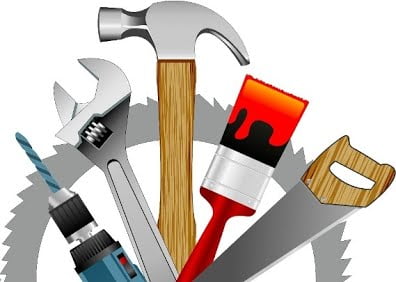Eto ise fun saa keji
Ose kin-in-ni: Ede-atuyewo ise saa kin-in-ni (onka 201-500) Asa-atuyewo ise saa kin-in-ni (asa isomoloruko) Litireso-Atunyewo litireso ninu ise saa kin-in-ni (ewi alohun to je mo ayeye) Ose keji: Ede aroso alapejuwe Asa-asa iranra-ero lowo Litireso-ewi alohun to je mo esin ibile – ijala – iremoje – iyere ifa – ese/iwi – egungun Ose […]
Eto ise fun saa keji Read More »

